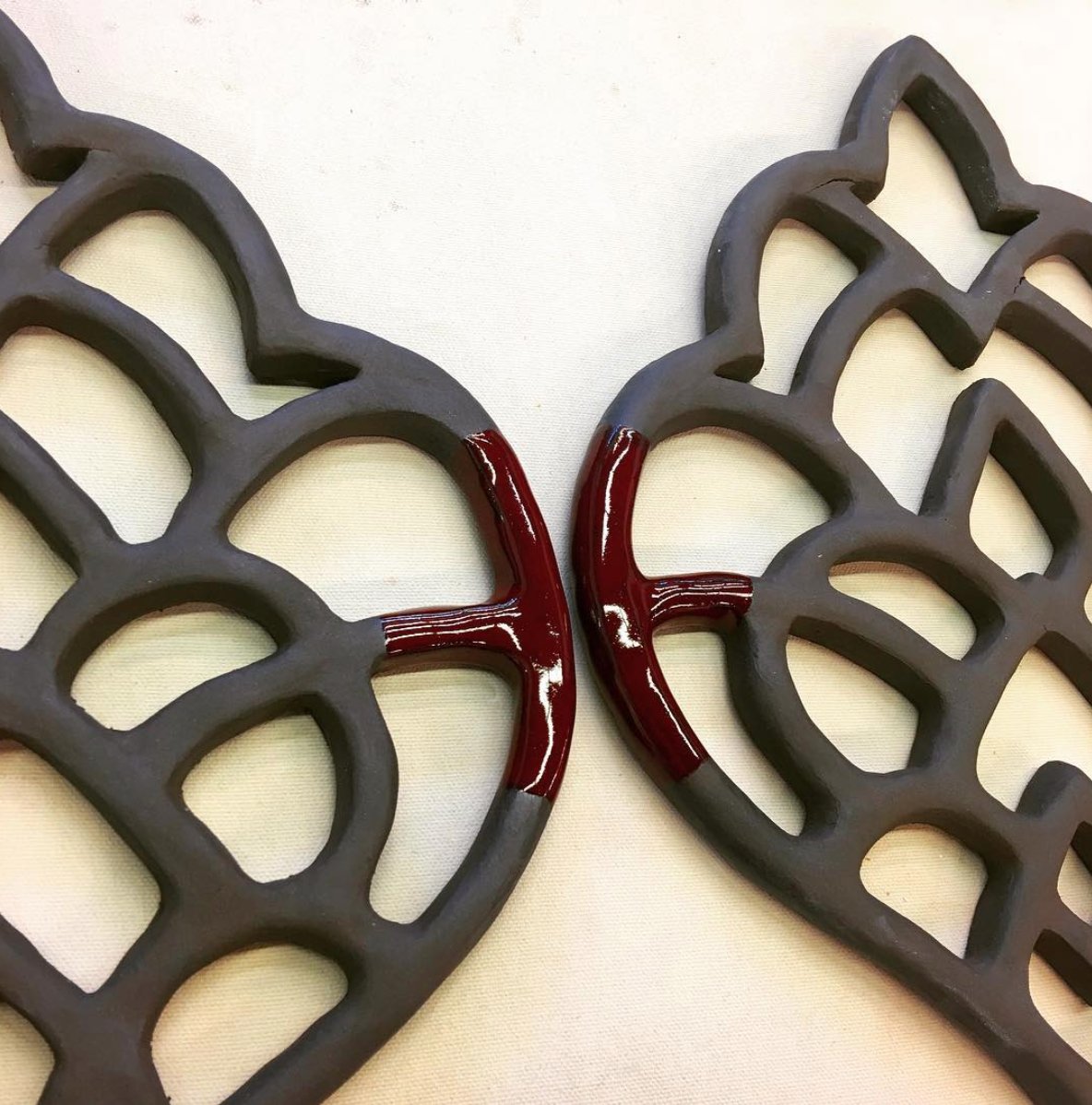
Author of mysteries and thrillers set in the past and present. Sufi Mysteries Quartet/Ammar’s Agency/Rat City Chronicles/Toronto Thrillers • Ally 🍉🌈
How to get URL link on X (Twitter) App

https://twitter.com/waraqamusa/status/1371113622219415556The second in a thread of how the notion that women's silence is her piety and other damaging positions came to be a thing with and how the social realities arising from them are portrayed in my Sufi Mysteries Quartet.
https://twitter.com/waraqamusa/status/1373672992014761988?s=20&t=obGfrswbpX5BZGTLirHbrA

 Earlier threads detailed how the sources tend to paint pious women as recluses. The message over time is that good women restrict their social lives, especially their public social lives, even if that means restricting spiritual or scholarly engagement.
Earlier threads detailed how the sources tend to paint pious women as recluses. The message over time is that good women restrict their social lives, especially their public social lives, even if that means restricting spiritual or scholarly engagement. https://twitter.com/waraqamusa/status/1378725474420002817?s=20

 When we last left Hafsa, she earning her mother’s ire for taking her father’s side in his multiple marriages, especially the niece of Anas ibn Malik. The match raised him, and his children, to family of one of the Prophet’s companions.
When we last left Hafsa, she earning her mother’s ire for taking her father’s side in his multiple marriages, especially the niece of Anas ibn Malik. The match raised him, and his children, to family of one of the Prophet’s companions. https://twitter.com/waraqamusa/status/1383801004672491530?s=20

 As I mentioned in the last thread, the idealization of women’s pious withdrawal in the world extends to secluding women from public exposure in the texts themselves, which is exactly why they are at the centre of my novels, The Sufi Mystery Quartet.
As I mentioned in the last thread, the idealization of women’s pious withdrawal in the world extends to secluding women from public exposure in the texts themselves, which is exactly why they are at the centre of my novels, The Sufi Mystery Quartet. https://twitter.com/waraqamusa/status/1378004836629745667?s=20

 I know this seems odd to some, that it was ever thought impermissible, as Eid prayer is typically attended by the whole family. Alas, it was once. And it may be Hafsa who helped make today’s openness to all a thing.
I know this seems odd to some, that it was ever thought impermissible, as Eid prayer is typically attended by the whole family. Alas, it was once. And it may be Hafsa who helped make today’s openness to all a thing. 

 Some of what follows may be familiar to you if you've read my novels, especially The Lover. Zaytuna and Tein's mother is a composite of early Sufi women and her life story and dialogue and is adapted from these sources.
Some of what follows may be familiar to you if you've read my novels, especially The Lover. Zaytuna and Tein's mother is a composite of early Sufi women and her life story and dialogue and is adapted from these sources.
https://twitter.com/BBCWomansHour/status/1357974310527270913Practically, when a woman leads anyone in prayer, she is an imam. Women lead their children, they lead family members and friends (including men), they lead other women in and outside the home. Far less often, women lead in institutional contexts (women-only or mixed-gender).